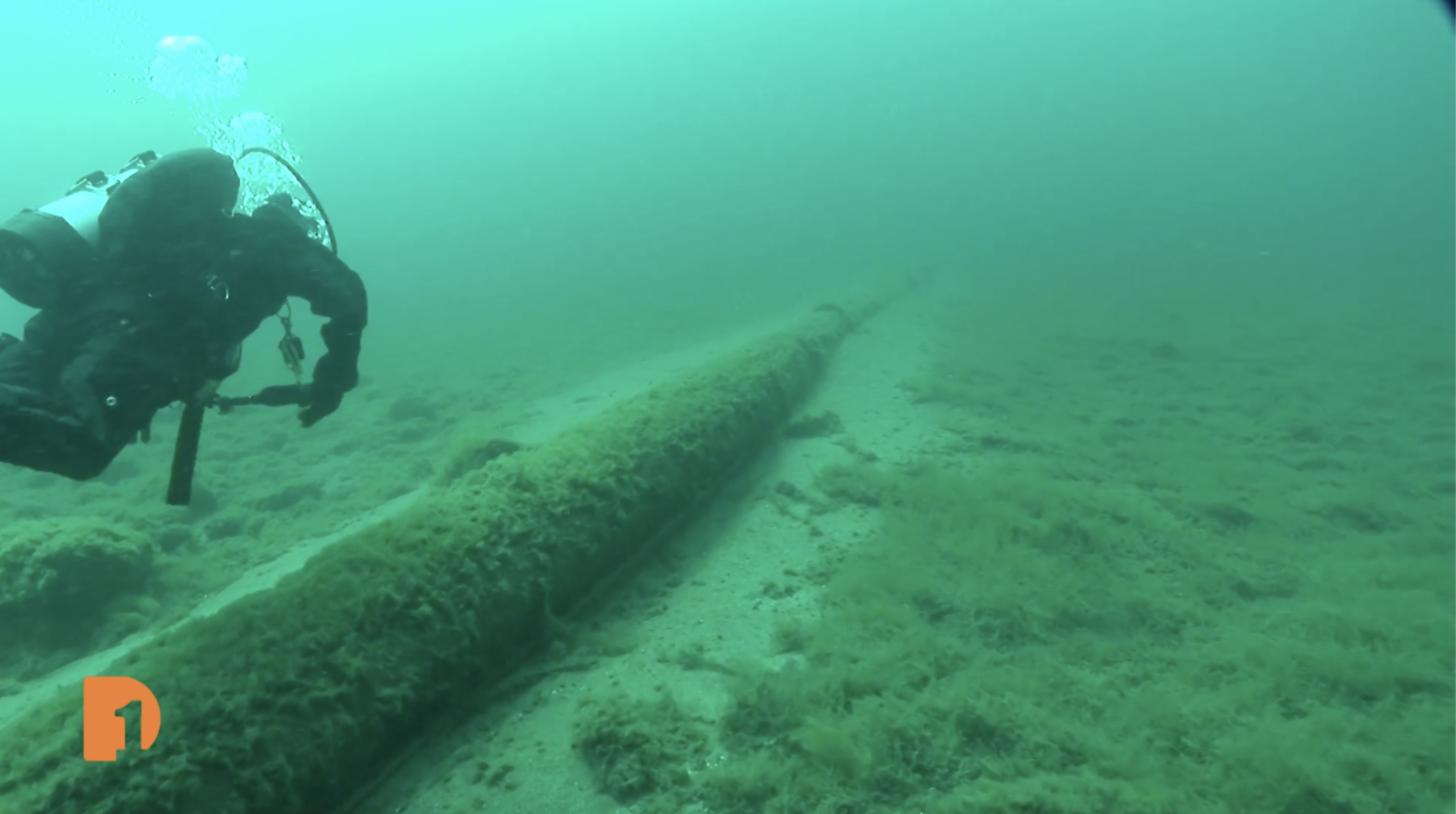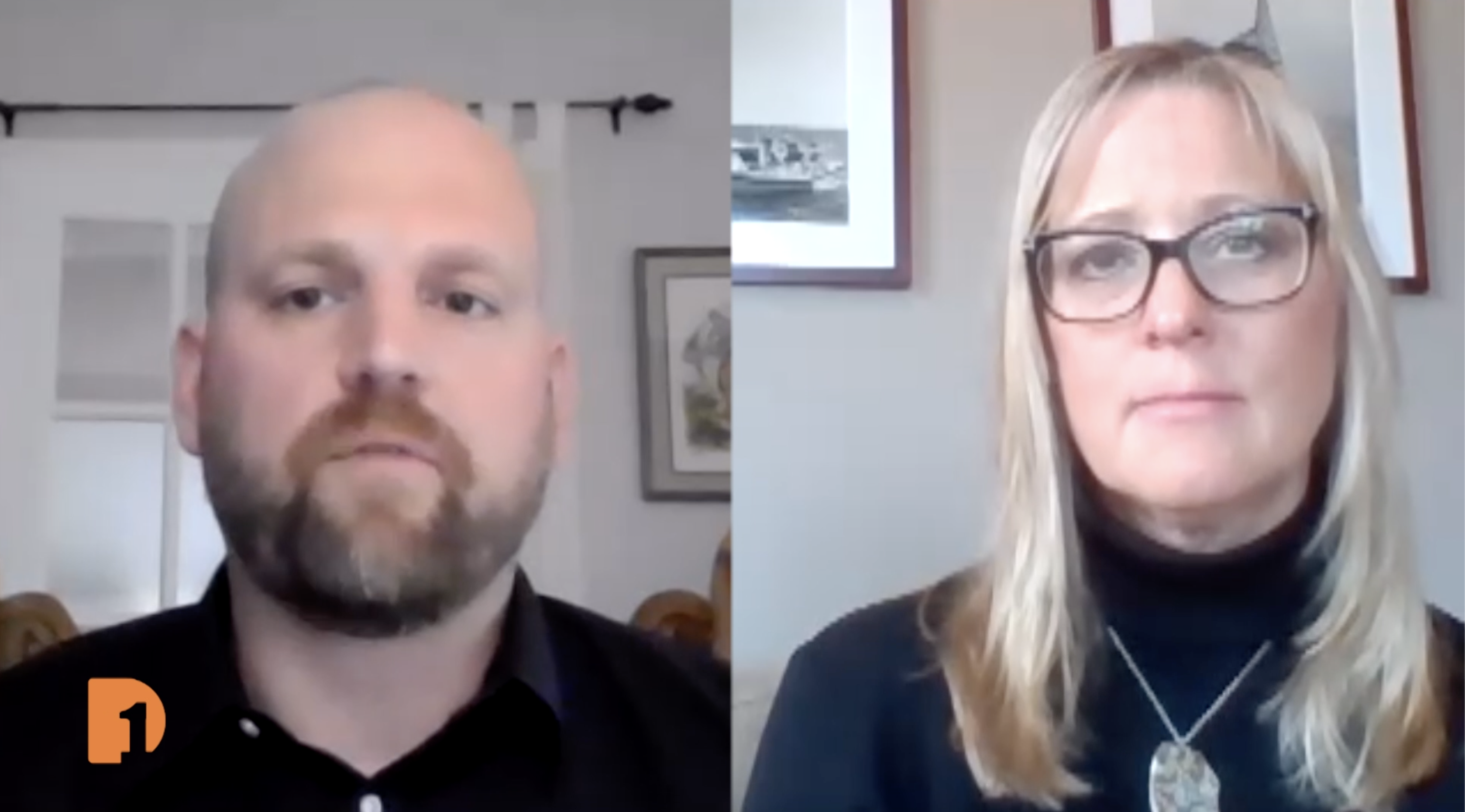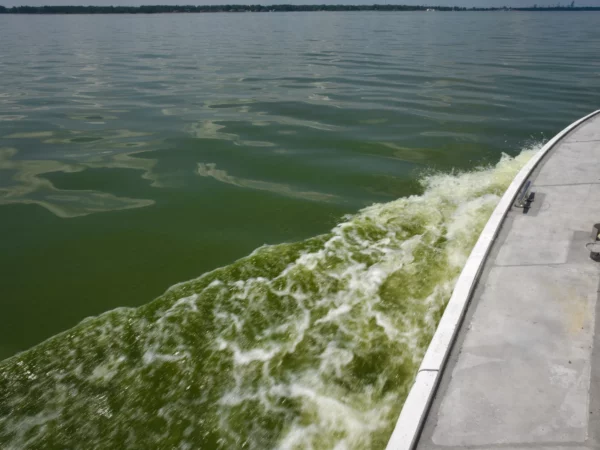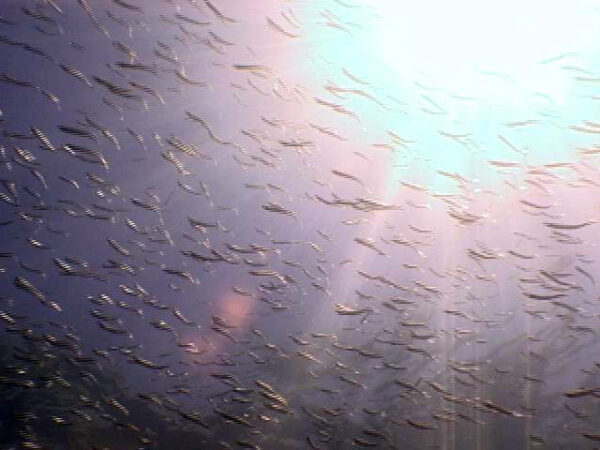
With so many twists and turns in the Line 5 story, it’s hard to keep up with the legal filings and positions from Enbridge Energy Corp., various Michigan governmental agencies and groups trying to stop or keep the pipeline.
But in the following conversation, attorney Nick Schroeck, who is the director of the environmental law clinic at University of Detroit Mercy, and Great Lakes Now Program Director Sandra Svoboda have this update about the latest legal actions and a refresher about what the pipeline is all about.
API key not valid. Please pass a valid API key.The Canadian company, Enbridge, owns the miles of pipeline below the Straits of Mackinac that carry oil, natural gas and other materials through the waters of the Great Lakes. As Enbridge plans to replace the pipeline with a tunnel under the lake bottom, a permitting process is currently underway aiming at the tunnel’s operation within a decade.
But last week Michigan Gov. Gretchen Whitmer revoked Enbridge’s easement for the pipeline and Attorney General Dana Nessel filed a lawsuit seeking to enforce it.
More updates:
What Michigan’s move to shut down Enbridge Line 5 means
Governor Whitmer takes legal action to force shut down of Enbridge’s Line 5
Michigan Governor seeks shutdown of Great Lakes oil pipeline
Here is an edited transcript of the Schroeck-Svoboda conversation:
Sandra Svoboda: We’ve seen so many things happen with Enbridge Line 5. How is this new action different?
Nick Schroeck: It’s different because this is specifically related to the easement, the easement that the state initially granted back in 1953 for the pipeline. The state is in charge of our Great Lakes bottomlands, and the protector of our Great Lakes bottomlands has authority over that submerged ground under the Straits of Mackinac. This is a question over whether or not Enbridge has been operating this pipeline legally in accordance with that easement.
This is different than maybe a permitting fight or something like that. This is a fundamental issue about the ability of this pipeline to continue its operations there along the Straits of Mackinac.

Attorney Nick Schroeck and Great Lakes Now Program Director Sandra Svoboda chat about the latest on Line 5. (Image from One Detroit)
SS: Is this a different kind of legal authority that the governor and the attorney general are invoking to try to have this shut down in six months?
NS: Yes, so what’s at issue here is something called the public trust doctrine. This is the legal theory that the state as the sovereign – the state is in charge of us here, the people of Michigan – when the state came into the union in 1837 actually brought with it the rights to the bottomlands of the Great Lakes, and the public trust recognizes that you and I and any residents in Michigan as well as future generations have an interest in being able to fish, to hunt, to use the Great Lakes for transportation and navigation purposes.
And so what the state is invoking here when looking at this easement with Enbridge is whether the public trust doctrine was considered in 1953 when the original easement was granted. The Michigan Department of Natural Resources and the governor are contending that public trust considerations were not made and, in fact, the easement should not have been granted back then in 1953.
The state’s also alleging that ongoing operation of this pipeline, which the state is alleging is in violation of this easement, puts our public trust resources, puts the Great Lakes at risk. And the state is arguing it’s an unacceptable risk and therefore this easement should be terminated.
GLN Editor’s Note: Great Lakes Now produced a half-hour documentary called “Beneath the Surface” in 2019. You can watch that film HERE.
SS: Let’s talk about that risk for a moment. Remind us what’s in the pipeline and how it’s affecting people in their everyday lives in Michigan and beyond.
NS: Primarily it’s oil. And this is oil that’s coming in through Canada, traversing through Canada, through Wisconsin, through the Upper Peninsula, through the Straits, down through lower Michigan and over to Sarnia, Ontario. Primarily light crude. There are some other liquid gases that are carried in this pipeline, and some of that is diverted in the Upper Peninsula and to be used for propane, for heating homes and that kind of thing. That’s a concern that’s often been raised. If this pipeline was shut down, what will that mean for people, homeowners in the Upper Peninsula that rely on that fuel source?
SS: Who else is in favor of the pipeline? We’ve certainly heard from environmental groups that are hailing this order to have it shut down in six months, but who’s benefitting from it, what are the economics and the benefits to other groups?
NS: I mentioned the petroleum products that are actually diverted for heating and liquid petroleum in the Upper Peninsula. So certainly people in the Upper Peninsula think that’s a major concern. I should note that there is a way to get propane to other folks by rail or truck or creating a new pipeline for that concern. Otherwise the vast majority of this crude oil makes its way to Canada to be refined and turned into gasoline and other oil-based products. So primarily the use of this pipeline is really just to go through Michigan, right? To travel through the state, make its way to refineries primarily in Sarnia, Ontario.
There are some interests in Toledo, Ohio, actually, a refinery in Toledo that use some of the products this pipeline carries. But primarily this is a Canadian company using this pipeline to transport its product to Canada through Michigan.
SS: We did reach out to Enbridge to have someone interviewed on this program. We did not hear back in time before this taping, but we do have their statement. Enbridge said, in part:
“We will continue to focus on the safe operation of the dual Line 5 pipelines at the Straits of Mackinac, ensuring the Great Lakes are protected while also reliably delivering the energy that helps to fuel Michigan’s and the region’s economy.”
Read the full statement HERE.

SS: What can happen between now and May? That’s six months away, that’s a long time in today’s world. What should we look for maybe in a legal fight or otherwise with this new order and Enbridge?
NS: The same day that the governor announced the termination of this easement, the attorney general, Dana Nessel, also filed a lawsuit in Ingham County Circuit Court seeking what’s a called a declaratory judgement. What that means, that’s legal speak, saying that the court would actually agree with the state’s interpretation and agree that this easement should be revoked or otherwise terminated.
Certainly there will be litigation there in Ingham County Circuit Court. I imagine Enbridge may also try and raise some other legal claims. They may argue they have a license to use this pipeline, and they may try to challenge the state’s action. Or like a property interest, they have a license to use this pipeline.
There’re other legal theories that they may raise to try to slow down or stop this action. But really, I think, the state is hoping to have legal actions based on this easement and Enbridge’s performance based on this easement. That’s the ground the state wants to be arguing on, so it will be interesting to see what additional legal claims or other lawsuits are filed by Enbridge to try and either slow down or perhaps stop the state from being able to take this action.
SS: And is any of this impacting the plan to build a tunnel under the Straits to replace this aging pipeline?
NS: It’s really interesting. You have the ongoing permitting processes in place related to the tunnel, which would house potentially a new pipeline going through the Straits of Mackinac. Now all of that permitting process continues.
However if the pipeline is shut down, one of the arguments to have the tunnel is that Enbridge needs it as a necessity to continue to transport oil through the Straits of Mackinac. Well if you don’t have that pipeline in existence, are you still able to make that argument persuasively that you need a tunnel?
But as far as we know right now, the Michigan Environment, Great Lakes, and Energy department as well as U.S. Army Corps of Engineers that also has jurisdiction over Great Lakes bottomlands, they continue working forward through the permitting process as if a tunnel will be built in the future.
2 Comments
-
Let me Begin by saying I have a great deal of knowledge in issues related to EPA guidelines. What’s the difference if you have a breach in the water or on the ground soil. I would rather clean up a breach in the water than in the soil. Water and oil don’t mix and oil is lighter than water. To contain and clean up oil from water is easier. It’s also easier to isolate. We’re talking hydrocarbons. You have to burn the dirt to remeadiate it from contaminating the aquifer. If you have a breach in the water you simply scim it off the surface, collect it and use it. Enzyms will eat the residual. The Company Enbridge is required to have a plan in place to act expedisiosly to identify and contain a spill in either case. The tunnel proposed is an expensive but positive way to work toward protecting the resources. In Any case tunnel, pipe in the water, or pipe over land, truck, or rail the risk is the same. I would prefer a stainless steel flex pipe with a ancor proof angle over top. There maybe other ideas . We should task our engineering schools such as Michigan Tech to come up with answers, we secure Federal funding for these schools, we should require that they become engaged in our needs.
-
The best predictor of the future is past behavior; Enbridge, and in general the gas and oil industry fail this test. In the Gulf of Mexico the industry developed what appeared to be an ecological sound set of guidelines for safely extracting fossil fuels from beneath the Gulf floor. Problem is, they did not follow their regulations that they wrote. Like a driver exceeding the speed limit, their actions to take shortcuts and not follow their self-imposed regulations led to the crash of their operations. Indeed, despite attempts to seal off the leak, I believe there is still leakage into the Gulf waters.
Again, in the Kalamazoo river spill, initial efforts were to downplay the spill; whether intentional or accidental, the procedure utilized was not sufficient to avoid a disastrous spill. That spill was directly related to the company that is now trying to claim Line 5 “under the Mackinaw Bridge” is safe to continue its operation. I will point out that when first granted permission to implant the line from the Upper Peninsula to the Lower Peniisula of Michigan, a condition of agreement was the line was only to used for 50 years. That time has long passed. “Repairs and reinforcements” have been made to override the need to replace the line…sound familiar; recently in southeast Florida repairs to a condo were done to the roof of a building that had been sinking slowly, enough that engineers warned that danger was eminent. How did that turn out? The scientists who do not have a connection with the gas and oil industry are warning us of the potential disaster. Shut down Line %!




